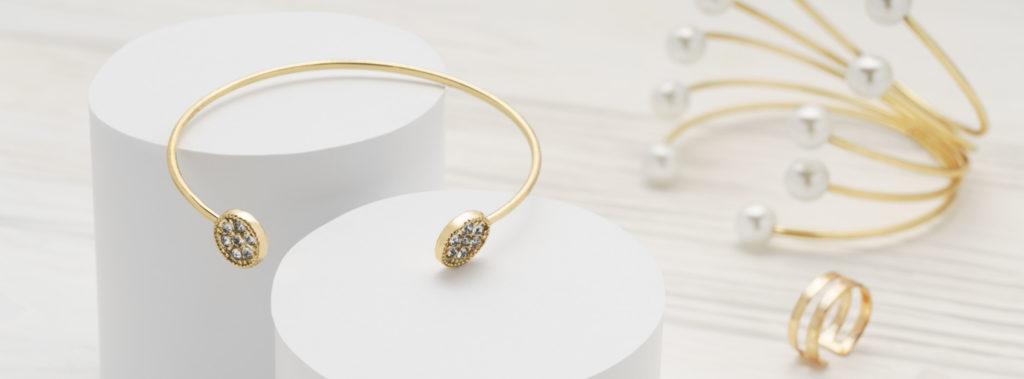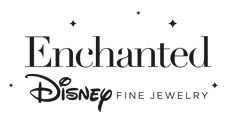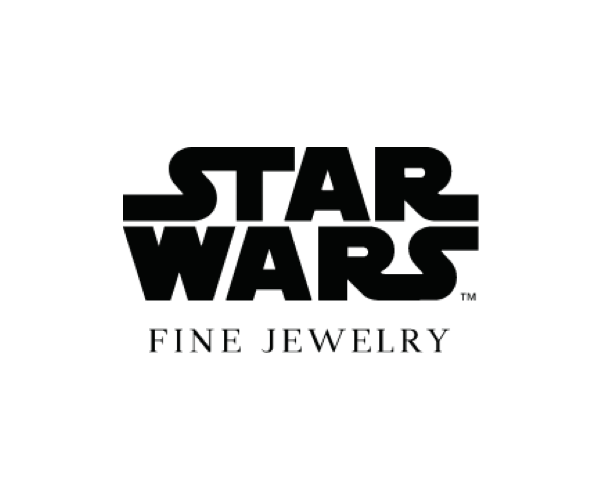Studies have shown that many consumers still prefer to do their shopping offline because of online shopping’s inability to provide a tactile experience.
That’s right!
The inability to see, touch, feel, and try your jewelry products on before buying is hurting your sales. This inability is one of the major roadblocks that you have to consider when planning to shift from in-person to online sales. If you’re already online, you’ve probably been trying to crack the code for getting on the first page of search results. But there is no code to decipher here; there are only strategies.
Product images are everything.
In offline selling, your conversation with customers increases your sales, but in online selling, your jewelry images become your front liners. The internet’s sales model eliminates the need for immediate conversation, so let your product images do the talking.
Here are six (6) simple ways to get your jewelry images ready for e-commerce.
Let’s jump in!
6 Simple Tips for E-Commerce-Ready Jewelry Images
1. Know the product image requirements for your chosen e-commerce platform.
Every e-commerce platform has its product image requirements falling under the technical category and site standard guidelines. Each platform may have different guidelines.
For instance, Amazon explicitly requires a white background main product image, while eBay accepts white to light grey background. Meanwhile, Etsy is less restrictive: other than the file type and the file size, you’re free to follow your creative and artistic side in terms of images.
Knowing these requirements beforehand saves you a lot of time and makes the job more manageable; however, it becomes more arduous if you’re on multiple e-commerce platforms. The task of keeping track of those requirements and complying becomes time-consuming and intensive if you’re selling on different platforms because each platform could have different guidelines.
A multi-channel jewelry software can automate this process. For example, Valigara can arrange your images for each selling channel. In addition, the jewelry software automates applying watermarks, shuffling and flipping images, generating important image parameters as SEO-friendly titles, alt tags and more. This easily frees up a significant amount of your time so you can get a grip on your business again.
2. Decide on the product photo types to use.
It’s undeniabw that online shopping lacks the tactile experience buyers have when shopping in physical stores, but that doesn’t mean there’s no other way to convince them.
Dr. John Medina, author of the New York Times Bestseller ‘Brain Rules”, states that ‘vision trumps all other senses.’ and in fact, ‘vision trumps touch.’ People are visual creatures, so images demolish texts and your salespersons’ presentation skills at any time of the day. Our brains see words in pictures. The human evolutionary history supports this — the threat to human survival or food supplies was never dominated by words, but by vision.
If you’re still neglecting the visual production side of your business, this is your wake up call.
Now that we’ve established the importance of images in e-commerce, it’s time to decide on the different types of photos you’ll use on your e-commerce website.
The number of jewelry images you can upload to your e-commerce store varies by platform. While Amazon will let you upload seven to nine images, Etsy allows ten (10) displayable images, thus giving you more opportunities to showcase your jewelry design from all essential angles.

The most crucial product photo types you should not miss are:
- A studio shot on a white background.
A white background won’t distract buyers. It’s clean and professional while communicating clearly to buyers what you are selling.
- Angle shots
Angle shots may include the front, back, left, and right side of the jewelry, especially if it’s an elaborate design. It gives your buyers a clear idea of what they will get once they buy your jewelry.
- A detail shot
A closeup, detail shot is critical in making your buyer appreciate and understand the work that went into creating the piece. The detail could be innate or handmade like the shot of the amber stone below where you can see insects trapped inside the stone. Amber is a fossilized resin from ancient forests so it’s common to see debris trapped in it- anything from leaves, feathers, seeds, or insects.
Whatever the detail is, highlight it to your buyers as it will educate them about the value of your jewelry piece.
The inside detail of a large amber stone, photographed with the GemLightbox and a smartphone.
- Size and scale
Avoid frustrated buyers by showing dimensions!
Don’t let your buyers guess how big or small your product is. It’s risky and might result in an unsatisfied buyer or a returned item.
There are many ways to show scale. You can use a ruler or add a coin to the photo as an attempt to show the comparable size of your product. You can also use a live model wearing your jewelry. It will help buyers by showing them size of your jewelry and visualize how your jewelry would look when worn.
Lifestyle photos and variations are other types of jewelry photos you can use for your e-commerce page. Never skimp on photos. Remember that buyers cannot touch your jewelry, so try to minimize the obstacle by listing as many jewelry images as you can.
You’ve probably already heard that a picture is worth a thousand words, but in the case of jewelry e-commerce, it’s also worth (at least!) a thousand sales.
3. Establish your jewelry photo style guide.
Establish a consistent style guide before you start clicking your camera.
According to Dr. Robert Cialdini, author of the New York Times Bestselling book, “Influence: The Psychology of Persuasion,” consistency is one of the seven principles of persuasion.
Consistency works the same way in e-commerce. You must be able to build consistency in your product photography because your buyers will judge you and your brand based on the look and aesthetics of your product photos. These photos will be the sole basis of their initial impression of you as a business.
To achieve consistency, decide on the following factors:
- Background color
- Color palettes
- Composition
- Layout
This process is akin to creating a product photography template so you can come up with the same result, and at the same time, present this result to your buyers online without confusing them.
Always document your camera settings and set up clear guidelines for shadows, saturation, focal length, and more. If you’re DIY-ing, setting up your studio according to these guidelines might entail a lot of work and a lot of time, so choose your equipment wisely and look for a ready-made device that can simplify the process for you.
For example, the GemLightbox is a ready-made jewelry photography device that can capture consistency in one click using just your smartphone. It has built-in lighting, white background and does not require technical know-how, so there’s no need to worry about capturing the same quality of shadow and saturation. You just point and shoot and get the same result with perfect color accuracy every single time.
Tri-tone lion ring, front angle, captured with GemLightbox and an iPhone XS, no photo retouching.
4. Post-process your jewelry photos, if needed.
Post-processing is an essential aspect of your jewelry photography. It’s not always necessary but highly recommended because it allows you to manage the quality of your photos. Even professional photographers post-process their images. If editing is for writers, post-processing is for photographers.
There are many things you can achieve with post-production. If your jewelry images came out too dark, dull, or overexposed, you could retouch your photos to perfection. You can also remove blemishes like fingerprints that may show up in a high-resolution image or correct the color accuracy of your gemstones.
However, if technical know-how is an issue and you don’t know your way around Photoshop, you can easily outsource all your jewelry photo retouching jobs to specialists like Picup Media (see sample before and after images below). The good thing about outsourcing retouching jobs is that you’ll be guaranteed a pixel-perfection result in a fraction of time. It’s professional, clean, and you’ll save a lot of time and energy.
Tri-tone diamond ring, before and after retouching by Picup Media.
Cameras are not perfect. Sometimes no matter how advanced your photography equipment is, the results you get might not always be true to life. The post-production stage can fix this challenge for you. Post-processing will help your photos be as close to reality as possible.
5. Optimize your jewelry product photos for SEO
The last thing to consider for e-commerce ready jewelry images is SEO optimized. Image SEO optimization is a critical part of your e-commerce business because it ensures that your page loads faster, increases your chance of converting, and boosts your traffic and revenue.
Optimizing your jewelry images for SEO includes but is not limited to the following:
- Correctly and appropriately naming your jewelry images.
- Optimizing the image titles.
- Adding alt attributes to every jewelry image.
- Compressing your images without sacrificing quality to keep your load times down.
- Choosing the right file format
Always remember to use descriptive keywords where text is involved to get the most of SEO’s benefits. Place the target keywords at the beginning of the texts and use hyphens or commas instead of an underscore (_) to improve algorithm readability.
Just like the product image requirements, every e-commerce platform may have different algorithms. For example, Etsy’s search placement is based on tags and title relevancy, shop location, item attribute relevancy, and listing quality. If you’re selling on both Etsy and Amazon and optimize your images for Etsy, you’ll have to re-optimize for Amazon following their algorithm.
Optimization seems like a lot of work, especially since landing on the first page of search results is a tough competition to beat. Valigara ensures your compliance with different product image requirements and can also optimize your jewelry images for SEO and web. Transfering the SEO side of your jewelry business to a jewelry management software frees time to focus on growing your business.
Invest in adjustments for sale seasons. Sale processes and the way you “serve” the jewelry to your clients are different whether it’s Black Friday, Christmas, Valentine’s, Mother Day, or off-peak seasons. Make sure to learn the most relevant occasions for your jewelry. Be sure to prepare relevant backshots for different sale seasons.
6. Not just products, not just images
Product photos are crucial for Branded jewelry eCommerce. But are they enough?
An important part of eCommerce media kit are promotional photos, and photos describing the purchase process.
Here are some examples:
- The image of the gift box
- The image of the certificate or appraisal, that arrives with the product
- Promotion visualization (a stripe with “Black Friday – 25% off on all silver earrings” written).
Jewelry is a giftable product, meaning the person buying the jewelry will not necessarily be the one to use it. The only moment where the buyer will meet the purchase is the moment of giving the gift, usually to their beloved ones – mothers, sisters, fiances etc’.
In this case, the images related to the “gifting process” are crucial. What does the box look like? Is there a bag? Any documents that prove the jewelry’s value or the quality?
This is especially important for fine and engagement jewelry. Research shows that on average, if a woman is ready to spend $300 on a bag or a pair of shoes for herself, she will also spend around that amount on jewelry for herself. When jewelry tops the price of accessories a person buys for himself, it’s usually safe to say it’s a gift. Although not directly related to the product, such images create the right understanding of the purchasing process and what buyers receive when making a purchase in your online store. In many cases, just by adding an image of a gift box to the product page increases the conversion rate by 15-20%.
Make sure to combine images with videos. AR (Augmented Reality) technology is still limited, but definitely will become “a must” in the next few years. In the meanwhile, combining jewelry images with video allows buyers to better understand the product, provides maximum details, and creates an additional “proof” of the product. In an online world, with more than 80% of the jewelry being a “virtual product”, product videos are a major sale booster.
Get Ready to WOW them!
According to Dr. Medina, vision is king. In the age of the internet and digital shopping, images are winning. So, how e-commerce ready are your jewelry images? Think about it and get to work because your buyers can’t stop scrolling.
Do you have any other tips for getting your jewelry images ready for e-commerce? Let us know!





























